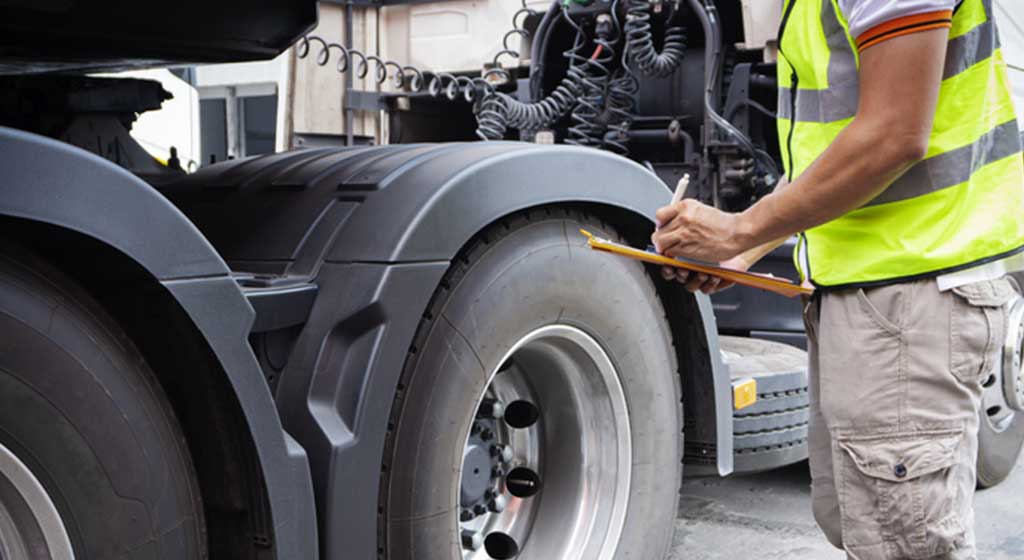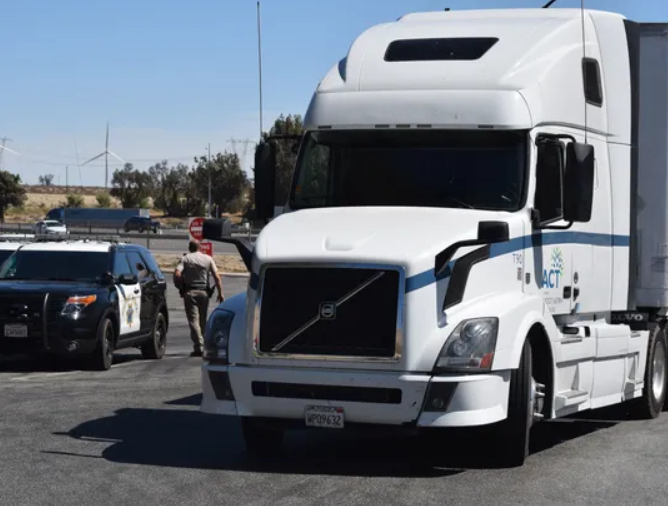
Maintaining trailers and containers that comply with Department of Transportation (DOT) regulations is crucial for ensuring the safety, reliability, and legality of your fleet. Non-compliance can result in fines, downtime, and even accidents. Whether you’re operating a single trailer or managing a large fleet, understanding these regulations is key to keeping your business running smoothly. In this guide, we’ll break down the essential DOT regulations for trailers and containers and provide tips on how to stay compliant.
1. What Are DOT Regulations?
The Department of Transportation (DOT) establishes regulations to ensure that commercial vehicles, including trailers and containers, meet safety and operational standards. These rules cover everything from vehicle inspection and maintenance to the safety of drivers and the cargo being transported. The Federal Motor Carrier Safety Administration (FMCSA), a division of the DOT, oversees the enforcement of these regulations in the U.S.
Trailers and containers must adhere to specific guidelines under DOT regulations to be deemed roadworthy. Failing to meet these standards can lead to costly fines, potential accidents, and legal liabilities.

2. Key DOT Requirements for Trailers and Containers
a. Trailer Inspections and Maintenance
Trailers are required to undergo regular inspections to ensure they are in safe operating condition. According to DOT regulations, every commercial motor vehicle (including trailers) must be inspected at least once every 12 months by a qualified inspector.
The key areas of focus during inspections include:
- Brakes: Proper function and wear
- Tires: Tread depth, inflation, and overall condition
- Lights: Working headlights, tail lights, turn signals, and reflectors
- Frame and Structure: No cracks, bends, or other structural damage
- Coupling Devices: Secure connection between the trailer and tractor
- Suspension: Ensure springs, axles, and shocks are in working order
- Load Securement: Proper cargo tie-downs to prevent shifting or falling cargo
Regular maintenance and timely repairs ensure compliance and reduce the risk of breakdowns or accidents.
b. Brake System Regulations
The FMCSA requires that all trailers are equipped with adequate brake systems capable of safely stopping and holding the vehicle. Trailers with a Gross Vehicle Weight Rating (GVWR) of over 3,000 pounds must have brakes on all axles.
DOT regulations stipulate that the brake system must also include:
- Service brakes: To stop the trailer while in motion.
- Emergency brakes: To stop the vehicle in the event of a brake failure.
- Parking brakes: To secure the trailer when parked.
Trailers should be regularly inspected for air leaks, worn brake pads, and proper brake balance to avoid brake failure.
c. Lights and Reflectors
DOT regulations require all trailers and containers to have proper lighting and reflectors to ensure visibility on the road. These include:
- Side marker lights
- Tail lights
- Brake lights
- Reflective tape or conspicuity markings
The placement and type of lights are also regulated depending on the size and type of trailer. Regular checks should be made to ensure that all lights are operational and visible.
d. Tire Safety Standards
Trailer tires must meet DOT standards for tread depth, inflation, and overall condition. Worn or underinflated tires are a leading cause of accidents involving trailers. DOT regulations specify that the tread depth should not be less than 4/32 of an inch for front tires and 2/32 of an inch for other tires.
Regular tire inspections should be part of your maintenance routine, focusing on:
- Tread wear
- Sidewall damage
- Proper inflation according to the manufacturer’s specifications
- Alignment and balance of the tires to ensure even wear
e. Load Securement
One of the most important DOT regulations involves securing cargo to prevent accidents caused by shifting or falling loads. FMCSA cargo securement rules require trailers and containers to have:
- Adequate tie-downs based on the weight of the cargo
- Properly rated straps, chains, or ropes that can handle the cargo load
- Blocking and bracing to prevent the load from shifting during transport
- Inspection of load securement devices to ensure they are in good condition
For containerized loads, locking devices and corner castings must be inspected to ensure they are functioning properly and securely attached to the chassis.
3. Documentation and Record-Keeping Requirements
Maintaining accurate records is also a key part of DOT compliance. Fleet managers and operators are required to keep records of:
- Annual trailer inspections
- Maintenance and repair history
- Driver vehicle inspection reports (DVIRs)
These documents should be readily available in case of a DOT audit or roadside inspection. Failing to provide proper documentation can result in penalties, even if the vehicle is otherwise compliant.
4. Penalties for Non-Compliance
DOT takes violations of these regulations seriously. The penalties for non-compliance can range from fines to being placed out of service, which can lead to costly delays for your business. Common penalties include:
- Up to $15,000 per violation for safety infractions.
- Fines for each day a vehicle remains non-compliant.
- License suspension for repeat offenders.
By adhering to DOT regulations and performing regular maintenance and inspections, businesses can avoid these penalties and ensure their trailers are safe and operational.

5. Staying Compliant: Best Practices
To stay compliant with DOT regulations, fleet managers should adopt a proactive approach:
- Schedule regular inspections and maintenance to catch issues before they become problems.
- Train drivers on how to perform daily pre-trip inspections and report defects.
- Invest in technology such as fleet management software that tracks maintenance schedules, inspection records, and repair needs.
By making safety and compliance a priority, fleet operators can reduce downtime, avoid costly fines, and keep their trailers on the road.
